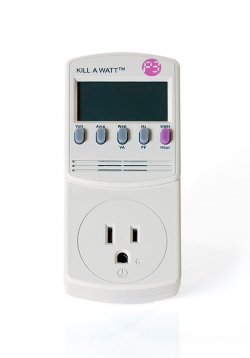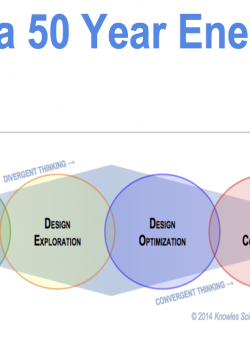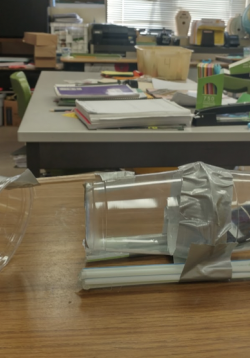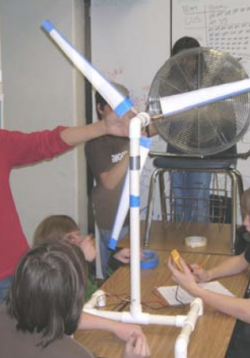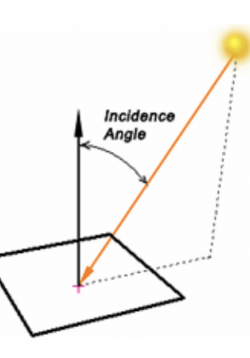Energy Efficiency - Lighting
In this lesson, students will learn how to read light bulb packaging (lighting facts) and do a whole class experiment comparing a 60-watt incandescent to an equivalent CFL and an LED bulb. This experiment will be conducted using a kil-o-watt meter,...

